Wilson Staff FG Tour M3 Driver Review
The entire M3 line of clubs from Wilson Staff represents a concerted effort to bringing the brand back into the considerations of golfers across the gamut by combining feel and control into an all-around package of playability, adjustability, and aesthetics.
Wilson Staff on the M3 Driver:
The first adjustable driver from Wilson Staff, the new FG Tour M3 driver features Multi Fit System technology that allows golfers to adjust both the loft and the sole weight for optimized trajectory and increased club head speeds.
The FG Tour M3 driver is tailored to the better Feel (F) and Control (C) players seeking a more compact head at address and unmatched distance.
Engineered with a variable thickness face and thin chemically etched crown, the M3 driver is serious about distance and tour-level performance. The 460cc head appears more compact at address due to its deep face, smaller footprint and tour-preferred pear shape. The “iced” matte paint crown and black PVD finish provides an understated, yet performance-inspiring, appearance to this technology-driven design.
Specifications and Options:
Technology Spotlight:
The M3 line of woods and hybrids is Wilson Staff’s first foray into adjustable golf clubs, and rather than simply providing a few loft options they have immersed themselves into creating an incredible amount of performance customization for each and every user. The idea was to create a more player’s style line of clubs with the M3’s in order to focus in adding as much “Feel” and “Control” as they could (of their F-C-D system) compared last year’s D100 lineup which fell more in line solely with the “Distance” category. In order to accomplish this, Wilson Staff knew they would need a variety of weight and loft options that they are referring to as their “Multi-Fit System Technology”.
Multi-Fit System Technology
- Loft Adjustability
The M3 driver features six separate loft settings ranging from 8.5-degrees up to 11.5-degrees in half degree increments. Additionally, the club head sits at neutral in its 11.5-degree setting and the face angle actually opens as the loft setting decreases on the club. However, it is worth mentioning that Wilson Staff has also incorporated their “NSD” or neutral sole design in order to allow the clubs to sit neutral at address when grounded, no matter the loft setting.
- Weight Adjustability
Altering the loft of a club is obviously the quickest way to impact the launch angle the user is seeing, but Wilson Staff’s R&D department also understood that the specific positioning and change of interchangeable weights on the club can also have a significant impact on the overall ball-speed, flight, and distance a user sees by allowing them to further tune the club to their specific needs. Wilson is adamant on allowing users to find “the right light”. The M3 woods and hybrids include a full kit that includes three different screw weights, though the clubs come set-up with the 7g “right light” option, there are also 3g “ultra light” and 11g “traditional” screws.
Aesthetics:
The M3 driver is a significant departure from what we have become accustomed to seeing aesthetically from Wilson Staff in recent releases. Rather than the contrast of black and red, the M3 is blacked out from head to toe with only subtle accents of gold paintfill throughout the design. The overall design is one that is seemingly centered on providing the eye with flowing lines that allow the technology to stand out front while maintaining a very clean business-like demeanor.
While the glossy black finish and gold highlights on the sole and headcover of the club are nice, the crown is what will get the most attention. According to Wilson the crown features a “chemically etched” finish that provides a deep matte grey appearance. In addition, the etching process means weight is saved on the overall design. The etched crown does feature a single alignment aid on the topline. Obviously the benefit or drawback of this comes back to personal preference just like on any other club, but be that as it may, the abstract shape does not seem to take away from the overall look at address, which is a good thing.
The rest of the package is rounded out by the actual shape of the M3 driver. Although the club is definitely 460cc in its design, with the aid of the finish and some other traits, the club looks much more like a 440cc head at address and will appeal to players who prefer that more compact look. To accomplish this, Wilson Staff focused on maintaining a classic pear shaped head with no hard edges and utilized an incredibly deep face profile – much deeper than we have seen from Wilson at this point. The only area aesthetically where the eye may wander to in a slightly unflattering manner would be the hosel of the club. Though Wilson Staff’s unique adapter works well, it does lead to added bulk and width here, and although some may never notice it others will undoubtedly have their eyes drawn that direction.
Overall Performance:
During testing the M3 was utilized both on course as well as the range in order to get a complete feel for its overall capabilities. The club was tested with the stock Aldila RIP Phenom 50 and in a variety of loft and weight settings.
- Sound/Feel
Simply put, the M3 is one of the more boisterous drivers out there as it pertains to audible feedback. Although there is not harshness to the feeling the club puts off at impact, nor is there any sensation of the ball lagging off of the face. The sound is a much higher pitched and hollow tone than expected. In addition to the metallic tendencies, the tone actually noticeably changed as the weights were switched out in the head during testing. It should be said however that even with a higher overall tone, the feedback to the user is what one would hope it would be, as misses are easily identified from heel to toe on the club.
- Adjustability/Ball-Flight
As broken down in the Technology Spotlight section, the M3 driver offers significant adjustability options for golfers and it is astoundingly well done considering this is Wilson Staff’s first foray into adjustable clubs. All adjustment tweaks are simple and quick with the included wrench and weight kit. Whether it is loft or weight changes, everything is clearly marked and easy to understand.
The six loft settings from 8.5-degrees to 11.5-degrees offer a tremendous amount of versatility to find the preferred ball flight and during testing each setting offered discernible differences both via visible loft at address and overall ball flight. The club itself launches the ball higher than expected paired with the RIP Phenom 50, but time spent on each loft made is clear that there should be no issue finding a setting that will appeal best to individual needs.
The most interesting facet of the adjustability however was the changing of the weights. Wilson has put a lot of stock into what their R&D believes is finding “the right light” in order to maximize a user’s ball speed and launch angle. Time spent on a monitor with the three different weights (3g, 7g, 11g) indeed indicated a definite change in those two aspects. For this reviewer, the best results were actually seen with the standard 7g weight, whereas a move to the heavier weight generated more ball speed it dropped launch angles and the 3g weight actually saw a decrease in ball speed and an increase in launch. What needs to be kept in mind here is that every golfer will see different results based on the needs of their particular swing and it is for that reason there are no finite/absolute numbers to illustrate here. That being said, golfers will absolutely see differences between the weights, which goes to show it is all about tuning.
- Distance/Accuracy
Wilson Staff claims that the M3 driver was designed to appeal to the better players seeking more “Feel” and “Control” off the tee. Testing the M3 showed it to fall directly under those criteria, as it was an impressively accurate driver in terms of its ball speed retention. Although misses high and low on the face showed better numbers than heel to toe, this is not all that surprising given the significant depth of the face on the M3. It is also worth mentioning that the M3 comes in at a pretty long 45.75” playing length, which may be a bit too much for some golfers as it pertains to consistency and comfort level off of the tee. In general though, the driver does a very solid job of keeping the ball in play if the swing is consistent. Where distance is concerned, Wilson Staff applied variable face thickness to the M3 in order to increase the ball speeds seen for users. However, compared to other offerings the M3 was not among the top as far as overall distance goes, but the workability and consistency it shows more than makes up for the average length.
Parting Thoughts:
The M3 Driver is definitely a statement offering for Wilson Staff, as it serves to let everyone know that they are not to be taken lightly anymore. Aesthetically it is among the best looking all-around packages out there, and with the ultra-deep face it inspires a surprising amount of confidence considering its more ‘player’ based emphasis. As with any club, it will inevitably come down to fitting in order to optimize the performance for the individual as it pertains to launch and spin numbers, but the weight and loft options make this driver quite capable of being tuned to a plethora of players.
The M3 driver features an MSRP of $399.00 and includes the full weight kit and wrench. More information on the driver can be found on the company’s website, www.wilson.com.




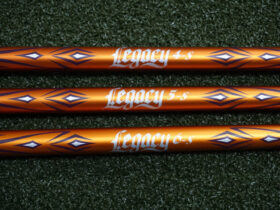


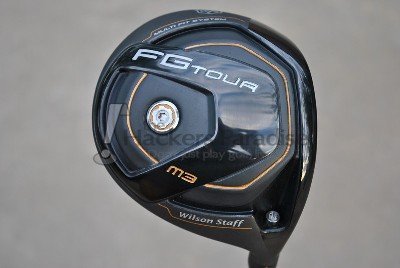



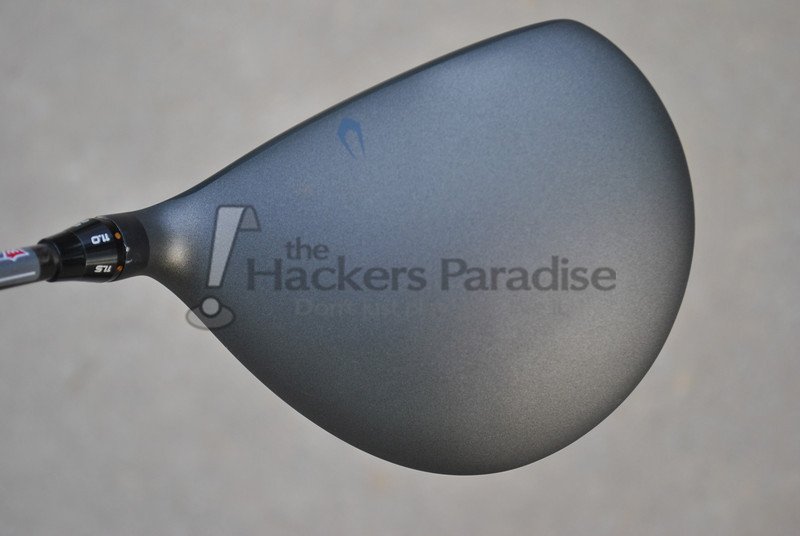

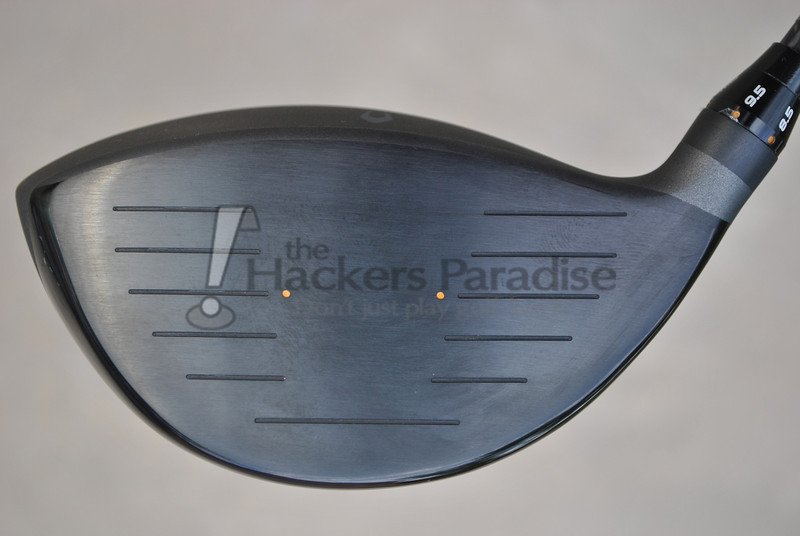
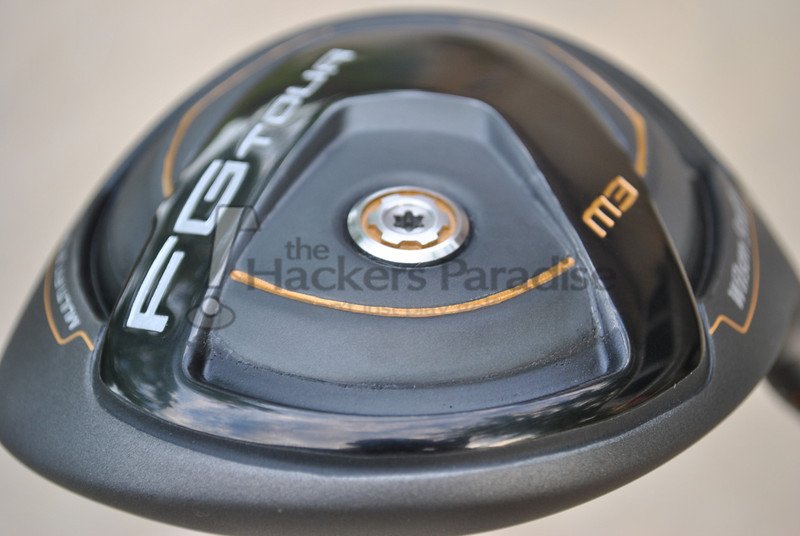
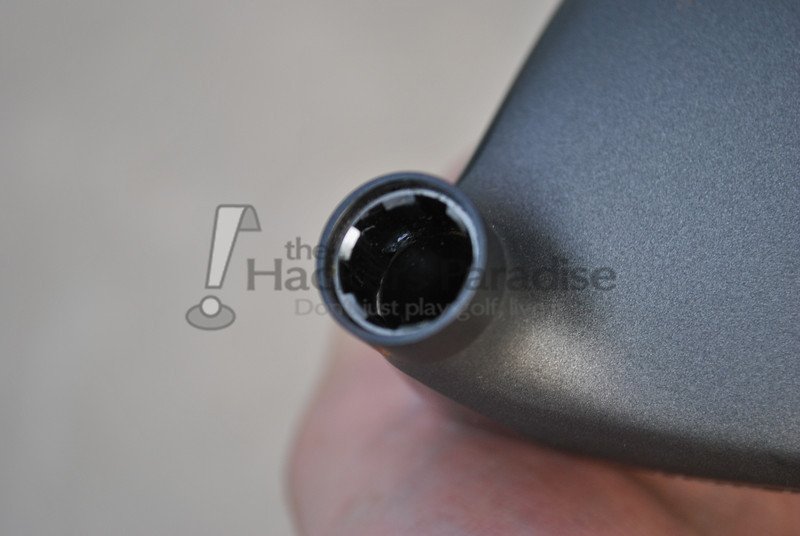

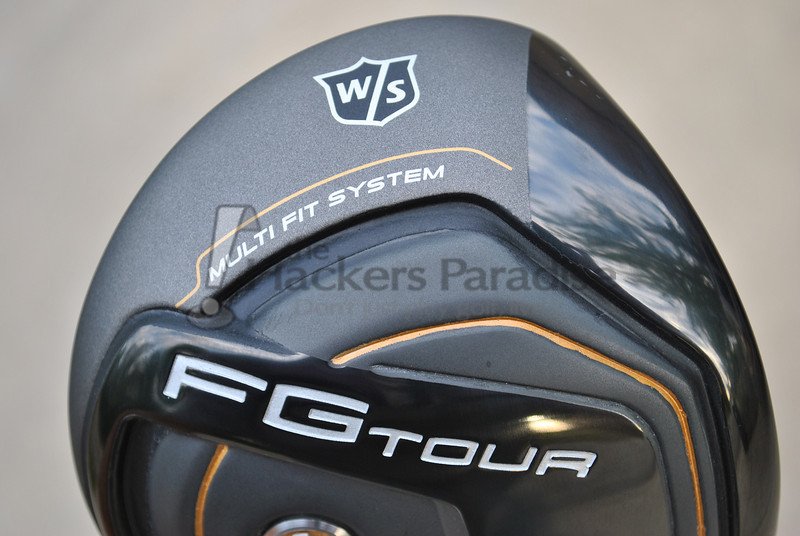





I like it James, outstanding review.
I love the deep face and the adjustable options. Having seen this in person, it is indeed a looker. I would prefer the stock length to be around 45″.
This was a really good read James.
The matte grey crown looks fantastic and I like the dual adjustability.
Not surprising to see that misses high/low were better than heel/toe given the really deep face.
I appreciate that an OEM is including all weights needed and not making you go aftermarket (hi Cleveland XL).
Curious to hear how this sells, Wilson has priced this inline with other top notch OEM models but I’m unsure that they have the reputation to get many sales at that price point.
Great review James. The look is very appealing to the eye. Normally I favor the more glossy crown on my driver, but the etching on this works well. Contrasting the sole of the club is brilliant. I like to see them working hard to gain a share of the market place once again. As you said they aren’t to be take lightly anymore. The boisterous sound is a little concerning honestly, I gamed a driver that was loud and it’s something I never really learned to like. Price point is what it is, but I’m not sure that’s going to provide any incentive for people to look their way from other OEM’s that have become leaders in the driver market. Performance will have to be the driving factor.
Great review as always!
Good looking driver.
Hopefully with this offering Wilson stakes a claim in the driver market!
Absolutely outstanding review, James.
Really do like the look of the deep face, reminding me of the Classic and XL a bit. It’s VERY nice that they decided to give you the full weight kit upon purchase (the way it should be IMO) so one can tinker right away. Hopefully they can get this driver into more hands at retailers around the country.
Good review. This seems like a significant step up from WS. Aesthetically, it is a driver that definitely appeals.
Nice review James! This driver seems right up my alley for looks and performance.
Great review Jman, I love the matte black finish on this one for sure. I hope it does well, but I’m not 100% sure I expect much out of it in terms of sales just because for $400 someone can have a name like TaylorMade or Callaway and that will definitely factor in regardless of what anyone says.
I like that it sounds pretty forgiving high and low on the face, that’s huge. I hope to get to check this one out in person.
Thanks buddy!
I have seen this driver for around $349.00. It does put it in the Taylor Made Callaway area but on the other hand by the time folks read this those guys will have NEWER NEW drivers and they will be wondering if their investment was worth it since it is already obsolete.
I think this is a great step for Wilson Staff but they need to hep themselves by advertising their brand more and getting their own players to hit it.